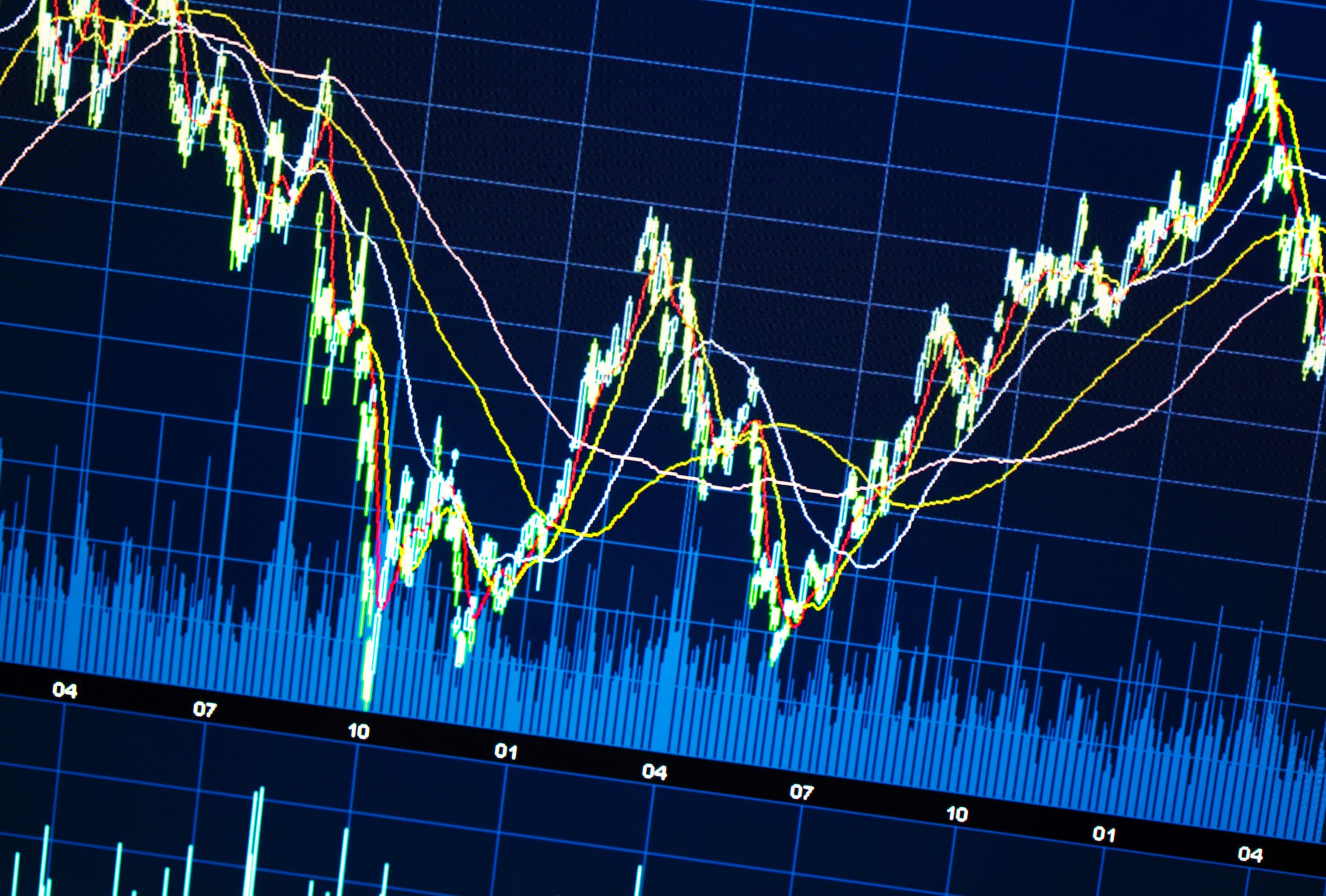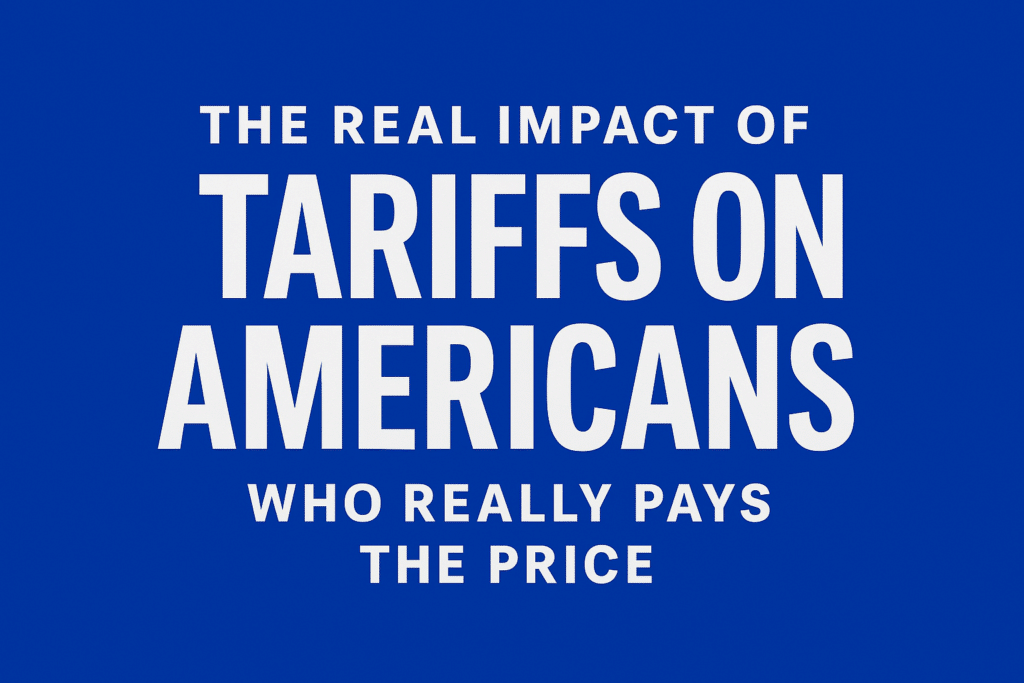The Ultimate Guide to Implied Volatility
The Ultimate Guide to Implied Volatility

Introduction
In the dynamic world of financial markets, understanding the concepts that drive option pricing and trading strategies is crucial for investors and traders alike. Among these concepts, implied volatility stands out as a critical indicator that can provide valuable insights into market sentiment and potential future price movements. This comprehensive guide will delve deep into the intricacies of implied volatility, exploring its definition, calculation, applications, and importance in the realm of options trading.
What is Implied Volatility?
Implied volatility (IV) is a key metric in options trading that represents the market’s forecast of a likely movement in a security’s price. Unlike historical volatility, which measures past price fluctuations, implied volatility is forward-looking and reflects the market’s expectations for future price changes.
Key Points About Implied Volatility:
- It’s derived from option prices, not historical data.
- It represents the market’s perception of future volatility.
- Higher implied volatility suggests greater uncertainty in the market.
- It’s expressed as a percentage and annualized for standardization.
How Implied Volatility Works
Implied volatility is not directly observable in the market but is instead derived from option prices using option pricing models such as the Black-Scholes model. When the market price of an option is known, the implied volatility can be calculated by reverse-engineering the option pricing model.
The Relationship Between Option Prices and Implied Volatility:
- As implied volatility increases, option prices tend to rise.
- When implied volatility decreases, option prices typically fall.
- Changes in implied volatility can significantly impact option strategies.
Understanding this relationship is crucial for options traders, as it allows them to assess whether options are relatively cheap or expensive based on the current level of implied volatility.
Factors Affecting Implied Volatility
Several factors can influence implied volatility levels:
- Market Sentiment: Fear and uncertainty in the market often lead to higher implied volatility.
- Supply and Demand: Increased demand for options can drive up implied volatility.
- Economic Events: Major economic announcements or geopolitical events can cause spikes in implied volatility.
- Earnings Reports: Upcoming earnings releases often result in elevated implied volatility for individual stocks.
- Market Conditions: Overall market trends and liquidity can impact implied volatility across various assets.
Understanding these factors can help traders anticipate potential changes in implied volatility and adjust their strategies accordingly.
Calculating Implied Volatility
Calculating implied volatility is a complex process that typically involves using options pricing models and iterative algorithms. While the exact calculation is beyond the scope of this guide, it’s important to understand the basic principles:
- Start with a known option price and other observable market data.
- Use an option pricing model (e.g., Black-Scholes) and solve for volatility.
- Employ numerical methods or specialized software to find the volatility value that makes the model price match the market price.
Many trading platforms and financial websites provide implied volatility calculations, making it accessible to traders without the need for complex mathematical computations.
Implied Volatility vs. Historical Volatility
To fully grasp the concept of implied volatility, it’s essential to understand how it differs from historical volatility:
Implied Volatility:
- Forward-looking measure
- Based on market expectations
- Derived from option prices
- Can change rapidly based on market sentiment
Historical Volatility:
- Backward-looking measure
- Based on actual past price movements
- Calculated using standard deviation of price changes
- Changes more slowly as it’s based on historical data
Traders often compare implied volatility to historical volatility to gauge whether options are overpriced or underpriced relative to past price movements.
The Importance of Implied Volatility in Options Trading
Implied volatility plays a crucial role in options trading for several reasons:
- Pricing Options: IV is a key input in options pricing models, directly affecting option premiums.
- Assessing Market Sentiment: High IV often indicates market fear or uncertainty, while low IV suggests complacency.
- Identifying Trading Opportunities: Traders can use IV to find potentially overvalued or undervalued options.
- Risk Management: Understanding IV helps traders assess and manage the risk associated with their options positions.
- Strategy Selection: Different options strategies perform better in high or low IV environments, guiding strategy choices.
Strategies for Trading Based on Implied Volatility
Savvy traders incorporate implied volatility into their decision-making process. Here are some common strategies:
1. Volatility Trading
- Long Straddle/Strangle: Profit from significant price movements in either direction when IV is low but expected to increase.
- Short Straddle/Strangle: Benefit from a decrease in IV when it’s currently high.
2. Mean Reversion Plays
- Buy options when IV is unusually low and sell when it’s high, assuming IV will revert to its average.
3. Volatility Skew Trading
- Take advantage of differences in IV between strike prices or expiration dates.
4. Calendar Spreads
- Exploit differences in IV between near-term and longer-term options.
5. Implied Volatility Crush Strategies
- Sell options before high-volatility events (e.g., earnings) and buy them back after IV decreases.
Common Misconceptions About Implied Volatility
As with many financial concepts, there are several misconceptions about implied volatility:
- Implied Volatility Predicts Direction: IV only suggests the magnitude of potential price moves, not the direction.
- Higher IV Always Means Higher Option Prices: While generally true, other factors like time decay can offset this effect.
- IV is Constant Across Strike Prices: In reality, IV often varies across different strike prices (volatility smile/skew).
- IV Directly Measures Market Risk: It’s an indicator of expected volatility, not a comprehensive measure of market risk.
- Low IV Means Low Risk: Even in low IV environments, unexpected events can cause rapid price changes.
Understanding these misconceptions can help traders avoid common pitfalls and make more informed decisions.
Tools and Resources for Monitoring Implied Volatility
To effectively incorporate implied volatility into your trading strategy, consider using these tools and resources:
- Options Chain Data: Most brokerage platforms provide IV data in their options chains.
- Volatility Indices: The VIX (for S&P 500) and similar indices for other markets offer broad volatility measures.
- Options Greeks: Delta, Vega, and other Greeks help quantify an option’s sensitivity to various factors, including IV.
- Implied Volatility Rank (IVR): Compares current IV to its historical range for a given security.
- Volatility Surface Charts: Visualize how IV varies across different strike prices and expiration dates.
- Options Calculators: Online tools that allow you to calculate theoretical option prices and implied volatility.
Familiarizing yourself with these resources can significantly enhance your ability to analyze and trade based on implied volatility.
Conclusion
Implied volatility is a powerful concept in options trading that offers valuable insights into market expectations and sentiment. By understanding how implied volatility works, its relationship to option pricing, and its role in various trading strategies, traders can make more informed decisions and potentially improve their trading outcomes.
Remember that while implied volatility is a crucial metric, it should not be used in isolation. Combining IV analysis with other technical and fundamental factors can provide a more comprehensive view of market conditions and trading opportunities.
As you continue to explore the world of options trading, keep refining your understanding of implied volatility and its applications. With practice and experience, you’ll be better equipped to navigate the complex and dynamic options market, using implied volatility as a key tool in your trading arsenal.
Whether you’re a novice trader just starting to explore options or an experienced investor looking to refine your strategies, mastering the concept of implied volatility is an essential step towards becoming a more successful and confident options trader. Continue to learn, adapt, and apply these principles, and you’ll be well on your way to unlocking the full potential of options trading.
Check out our articles on:
- Introduction to Options Trading
- Mastering Butterfly Spreads
- The Power of Diagonal Spreads
- The Power of Iron Condors
- The Power of Vertical Credit Spreads
Elevate Your Options Trading Skills
Ready to master trading options? Join our community for in-depth education on options trading, live trading sessions, and expert analysis of options trading strategies. Sign up today to start profiting from market swings using advanced options trading strategies!
Below are the links:
To your success,

Billy Ribeiro is a renowned name in the world of financial trading, particularly for his exceptional skills in options day trading and swing trading. His unique ability to interpret price action has catapulted him to global fame, earning him the recognition of being one of the finest price action readers worldwide. His deep comprehension of the nuances of the market, coupled with his unparalleled trading acumen, are widely regarded as second to none.
Connect with us:






